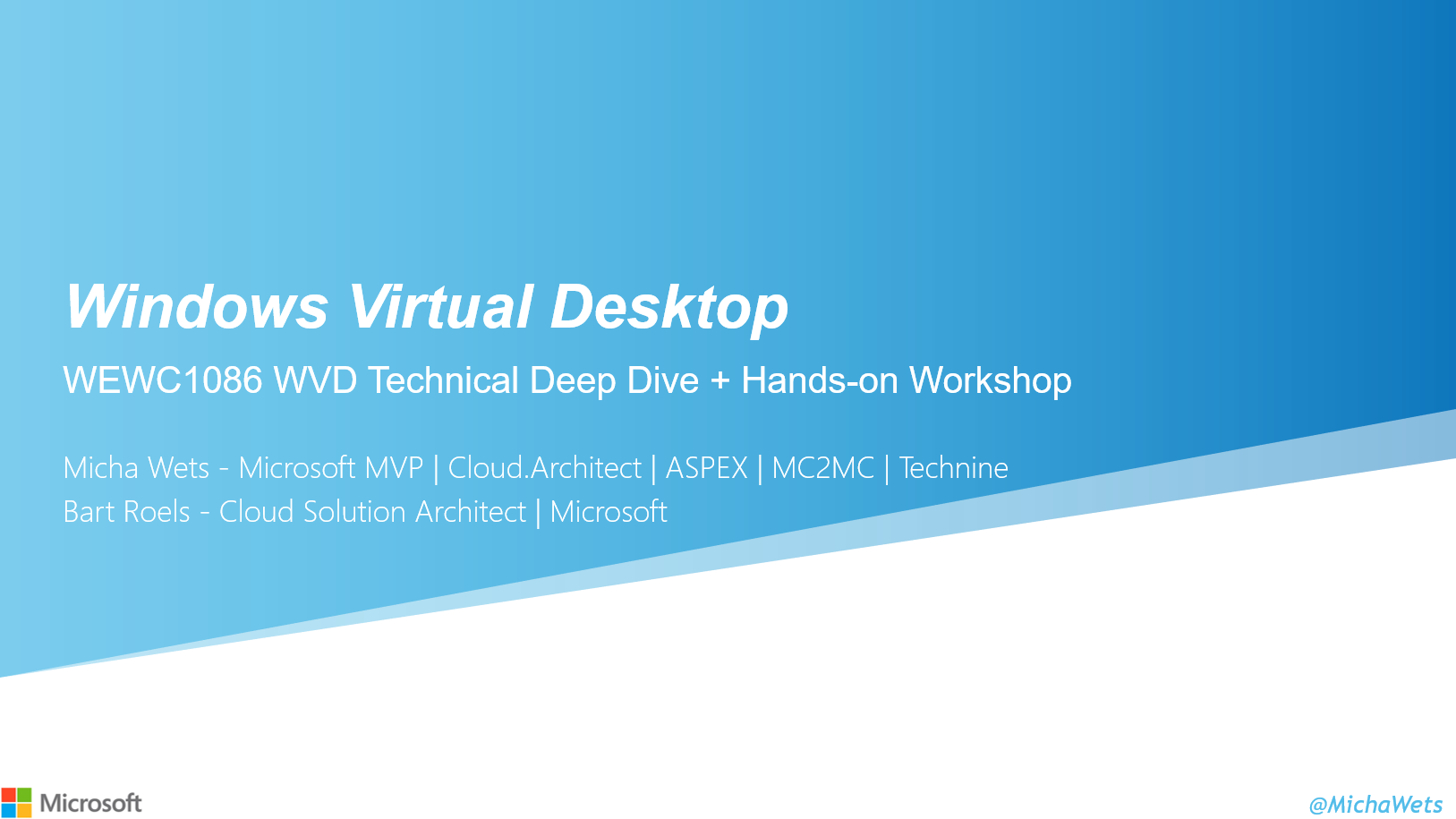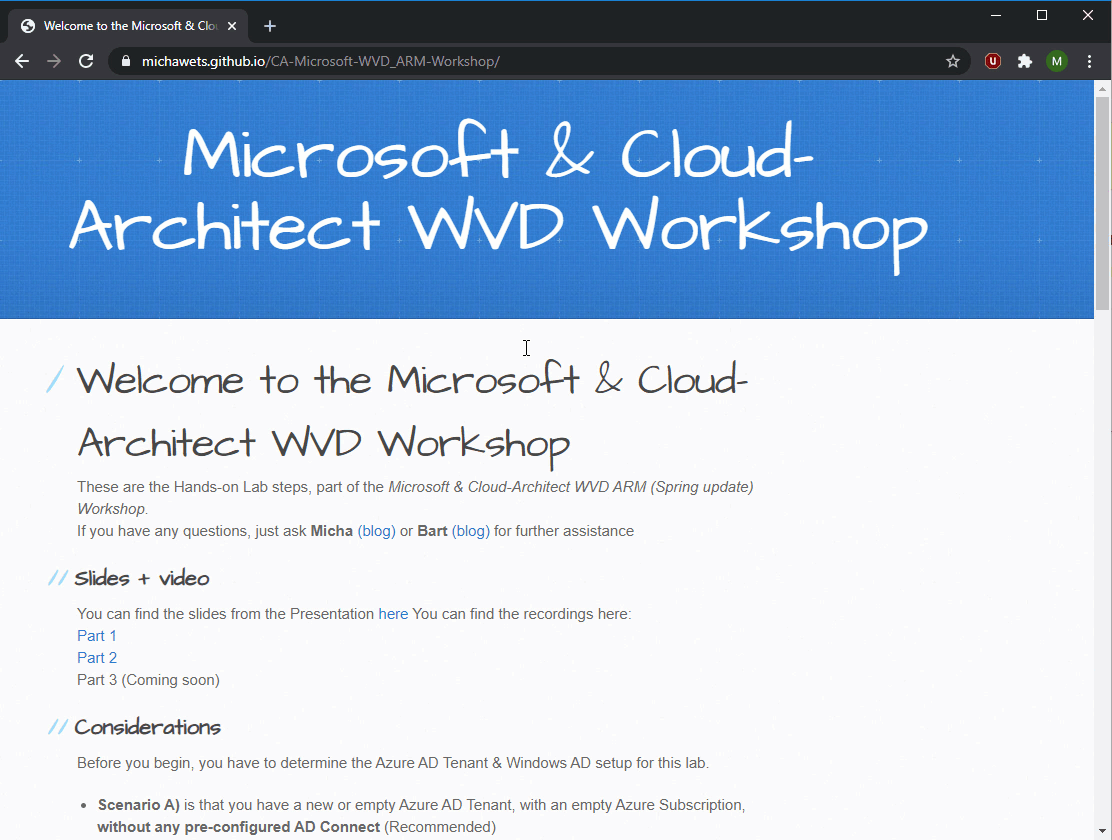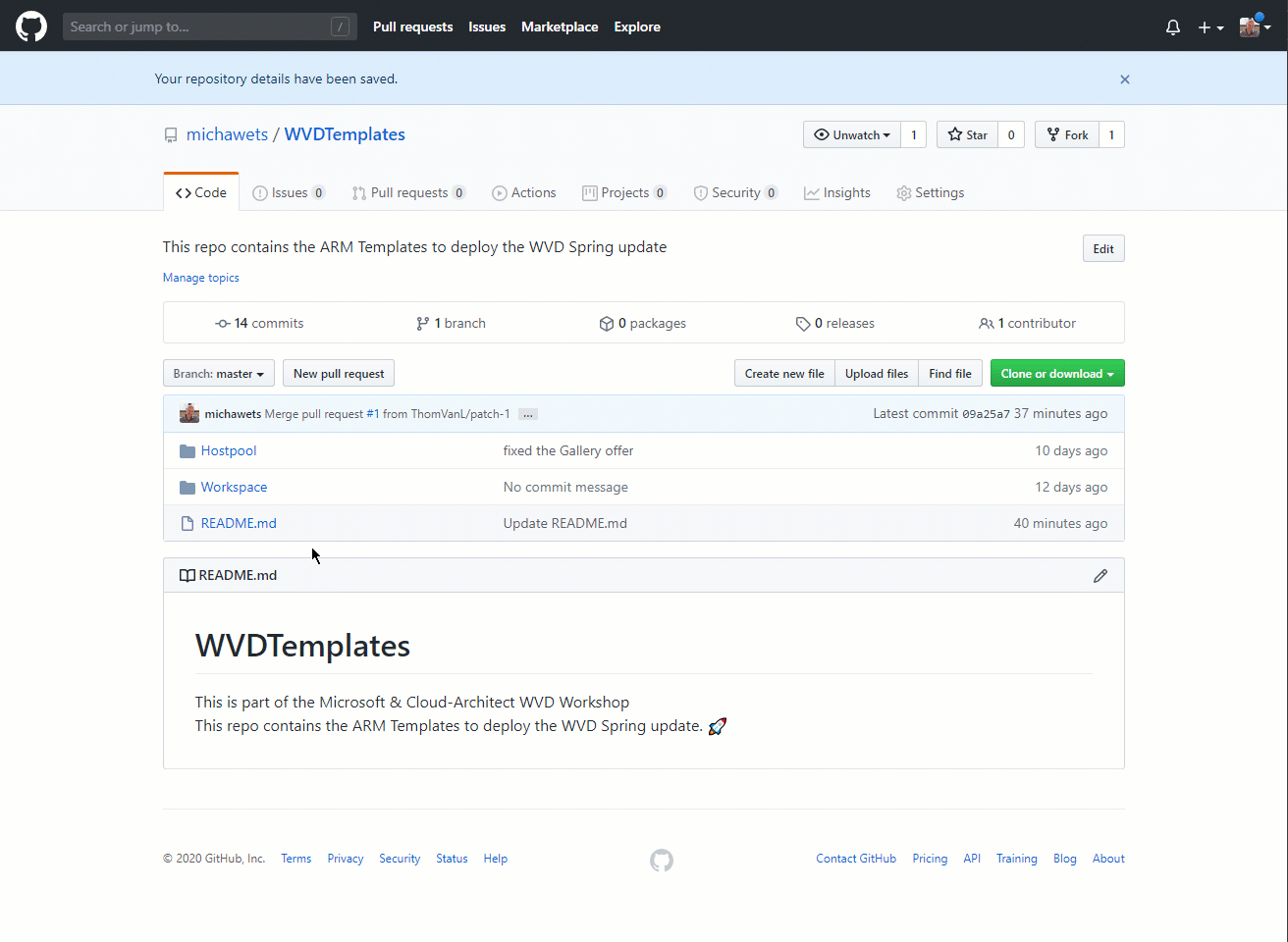
Introduction
With the publicly disclosed vulnerabilities referred to as “speculative execution side-channel attacks”, also known as Meltdown and Spectre, Microsoft has scheduled a quick maintenance window for all VMs running on Azure which are affected by this. As a CSP, you have a large list of customers, each with one or more subscription(s), each subscription with one or more VMs. To quickly check which VMs are scheduled for maintenance, doing this manually would take hours. Therefore, ASPEX is using a PowerShell script to check the maintenance status so we can quickly inform our customers with an exact list of VMs scheduled to be updated with the timeframe of the maintenance.
Powershell script
Prerequisites
To be able to run this script, you need to have 2 PowerShell Modules installed: AzureRM & AzureAD. These can be installed using the following cmdlets:
Install-Module AzureRM
Install-Module AzureAD
If you don’t have the Install-Module cmdlet, you need to update your Powershell version, or install the PowerShellGet Module: Get PowerShellGet Module
The Script
The script will ask you to log in twice. You have to login with your CSP admin account. This is required to be able to read out your CSP customer list, and to read out each Client Tenant and its subscriptions.
The result of the script will look like this: 
Login-AzureRmAccount
Connect-AZureAD
$allTenants = Get-AzureADContract
foreach ($Tenant in $allTenants)
{
Write-Host ("Checking Tenant '{0}'" -f $Tenant.DefaultDomainName) -ForegroundColor Green
$allTenantSubscriptions = Get-AzureRmSubscription -TenantId $Tenant.CustomerContextId
foreach ($subscription in $allTenantSubscriptions)
{
Write-Host ("\`tChecking Subscription '{0}'" -f $subscription.Name) -ForegroundColor Yellow
Select-AzureRmSubscription -TenantId $Tenant.CustomerContextId -SubscriptionId $subscription.Id | Out-Null
$allResourceGroups = Get-AzureRmResourceGroup
foreach ($rg in $allResourceGroups)
{
$allVms = Get-AzureRmVM -ResourceGroupName $rg.ResourceGroupName
foreach ($vm in $allVms)
{
$vmDetails = Get-AzureRmVM -ResourceGroupName $rg.ResourceGroupName -Name $vm.Name -Status
if (($vmDetails.MaintenanceRedeployStatus -ne $null) -and ($vmDetails.MaintenanceRedeployStatus.MaintenanceWindowStartTime -ne $null))
{
Write-Host ("\`t\`tVM= '{0}', Maintenance= '{1}-{2}'" -f $vmDetails.Name, $vmDetails.MaintenanceRedeployStatus.MaintenanceWindowStartTime, $vmDetails.MaintenanceRedeployStatus.MaintenanceWindowEndTime)
}
}
}
}
}





